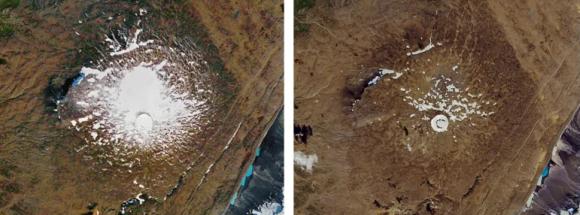
The shrinking of the Okjökull glacier from Sept. 14, 1986 (left) to Aug. 1, 2019.
Photo: NASA (AP)
The Okjökull glacier, northeast of Reykjavik, was known simply as Ok to Icelanders. (In Icelandic, jökull means glacier.) In 1890, Ok’s ice covered 16sq km (6.2 square miles) but by 2012 it measured just 0.7sq km, according to a report from the University of Iceland in 2017. Now, it is effectively gone.
Iceland loses about 11bn tonnes of ice per year, and scientists fear all of the island’s 400-plus glaciers will be gone by 2200, according to Cymene Howe, associate professor at Rice University in Texas. Glaciers cover about 11% of the country’s surface.
Iceland has chosen to memorialize the first glacier lost to climate change with a plaque which reads: Continue reading

 Sad news reported by
Sad news reported by 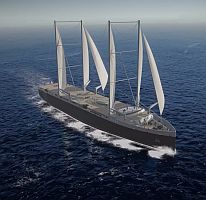
 Today is “
Today is “
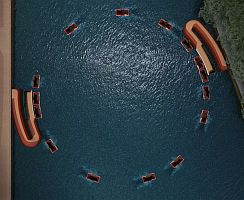 In March of 2018, we posted about a pilot project led by the Massachusetts Institute of Technology (MIT) and the Amsterdam Institute for Advanced Metropolitan Solutions (AMS) to develop
In March of 2018, we posted about a pilot project led by the Massachusetts Institute of Technology (MIT) and the Amsterdam Institute for Advanced Metropolitan Solutions (AMS) to develop  The
The 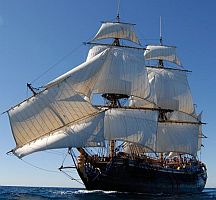 Great news! The
Great news! The  Around six years ago, Vermont farmer Eric Andrus had an idea. Why not build a
Around six years ago, Vermont farmer Eric Andrus had an idea. Why not build a  For Throw Back Thursday (TBT) and in belated honor of yesterday’s
For Throw Back Thursday (TBT) and in belated honor of yesterday’s 

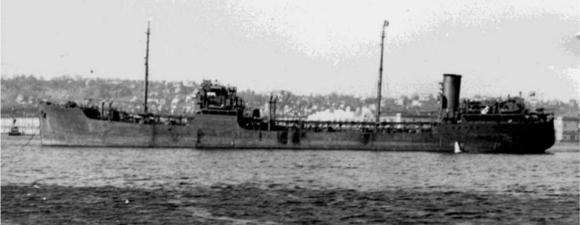 At about 9AM on January 15, 1942, the British tanker
At about 9AM on January 15, 1942, the British tanker  In a blistering letter to his forces from the commander in charge of the Navy SEALs, Rear Adm. Colin Green, warns “We have a problem.” The sentence was in bold-faced print and underlined. The letter follows a series of incidents of alleged misbehavior by the elite special operations forces, including alleged illegal activity by two Navy SEAL teams.
In a blistering letter to his forces from the commander in charge of the Navy SEALs, Rear Adm. Colin Green, warns “We have a problem.” The sentence was in bold-faced print and underlined. The letter follows a series of incidents of alleged misbehavior by the elite special operations forces, including alleged illegal activity by two Navy SEAL teams.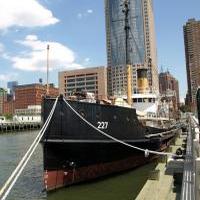
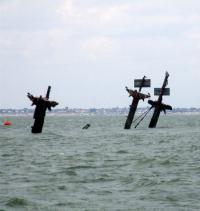
 The
The